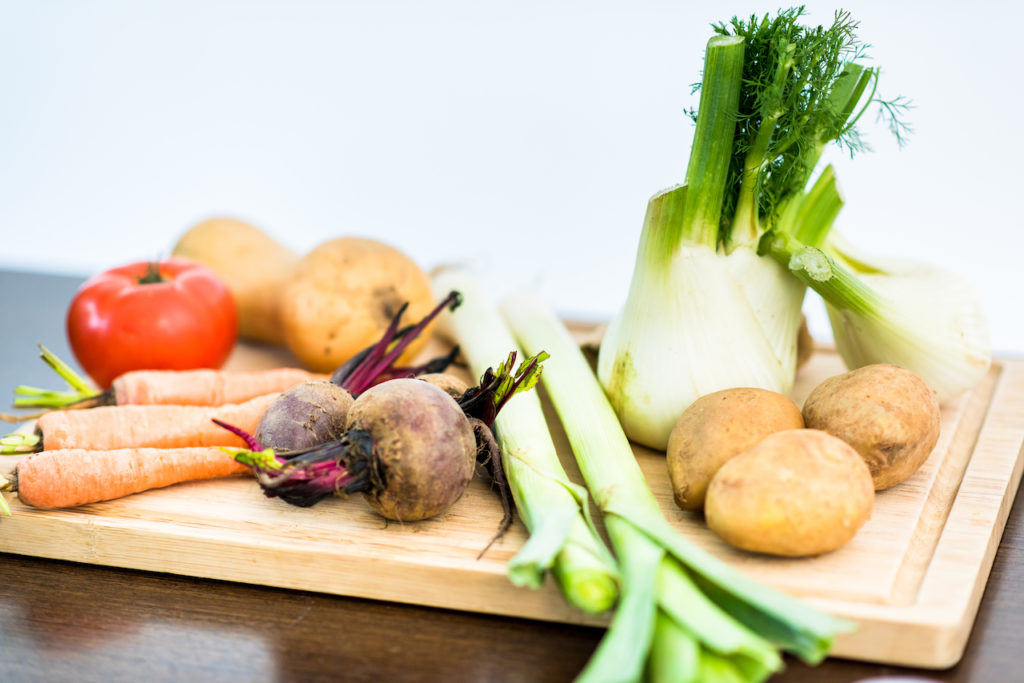Which foods are heating and which are cooling according to Ayurveda ?
Which foods are heating and which are cooling according to Ayurveda ?
Short answer
EXAMPLE OF COOLING AND HEATING FOODS
HEATING
Cayenne pepper
Chilis
Onion
Vinegar
Crisps and fries
Pinneaple
Kiwi
Lemon
Tomatoes
Eggplant
Red wine
Red meat
Red fish
Corn
Brown lentils
Brown rice
Oily fish
Seafoods
Cured meats
Nuts (except coconut and almond peeled)
COOLING
Sweet potato
Wheat
Quinoa
Basmati rice
Oats
Leafy green
Green veggies
Mung beans
Chick peas
Cucumber
Dates
Turkey
White fish
White meats
Milk
Ghee
Coconut
Avocado
Figs
Melon
Apples
Banana
Almond peeled
Mint, Vanilla, Cardamom,Fennel, Hibiscus, Rose and Lavender.
THE LONG ANSWER
INTRODUCTION
20 GUNAS
There exist 20 pairs of opposite qualities – called gunas – that all substances can be categorised under. According to Bagavat, Astanga Hrdayam the respective opposites of these gunas are as follows:
Guru (heaviness) x Laghu (lightness)
Manda (dullness) x Tlksna (sharpness)
Hima/Sita (cold) x Usna (hot)
Snigdha (unctuousness) x Ruksa (dryness)
Slaksna (smooth) x Khara (rough)
Sandra (solid) x Drava (liquid)
Mrdu (soft) x Kathina (hard)
Sthira (immobile) x Sara (mobile)
Suksma (minute) x Sthula (bulk)
Visada (clarity/non slim) x Picchila (slimness)
Seeing foods – in the wider sense – through the lease of the guna help us identify how various forces work for or against each other. And below is the rule that explains it all!
RULE OF BALANCE
This second universal Ayurvedic principle helps us make intelligent use of the above knowledge of the guna. It is essential to understand it and experience it in our daily life, in order to maintain balance of the body. This key principle of balance is that :
Similar qualities increase each other and opposite qualities balance each other.
In the Astanga Hrdayam it is said that “Due to the ingestion of the food having similar qualities vrddhi (increase) will be taken place in the body and ksaya (decrease) will be seen while taking the opposite qualities of food substances.”
Now it becomes clear why seeing foods through the lense of the gunas becomes an essential tool to balance of the body. In all honesty this is nothing new, we all know this from deep within, but most of us have forgotten, as we are disconnected from our body and confused by the overload of information.
Let’s take a minute to remember that foods include everything we take through our senses, including more subtle foods which exist in our environment.
For instance the weather is cold, naturally one should wear a warm coat. A rice dish is dry, one may add some butter or sauce. I spend much time travelling to work or for work, I will need some time being stable to maintain the balance. My constitution is hot in nature, then winter and cool environments work best for me etc…
Now back to the initial question: Which foods are heating and which are cooling according to Ayurveda? Ayurveda categorises foods – in this situation the food that we put in our mouth – in 6 tastes from which we can easily answer our initial question.
6 TASTES
According to Ayurveda, there exist 6 tastes – Rasa – that can be perceived by the tongue. The 6 tastes are :
1. Madhura rasa (sweet)
2. Amla rasa (sour)
3. Lavanarasa (salt)
4. Tikta rasa (bitter)
5. Usana/Katu rasa (pungent)
6. Kasaya rasa (astringent).
Each taste and therefore each food, through the process of digestion creates either heat or cold in the body in variable quantity.
The sweet, bitter and astringent taste tend to cool down the body. Pungent, sour and salty tend to heat the body. So from there you can create your own list more easily.
There are a few exceptions, as for all respectable rules! The main one to remember is that honey and carrots which sweet yet heating to the body. Also worth noting that stimulants and alcohol, acidic, oily and fermented foods are also heating to the body. And that naturally very hot foods are heating and very cold foods are cooling (and not recommended according to ayurveda as they create imbalance of the digestive fire.
It may sound a little overwhelming, but these are essential life principle that in the long run will make life easier. The other way is to reconnect to the body through meditation or other practice, to the extent that one becomes so in tune to his immediate needs, that there are no principle needed 🙂
Good luck!
Elena







